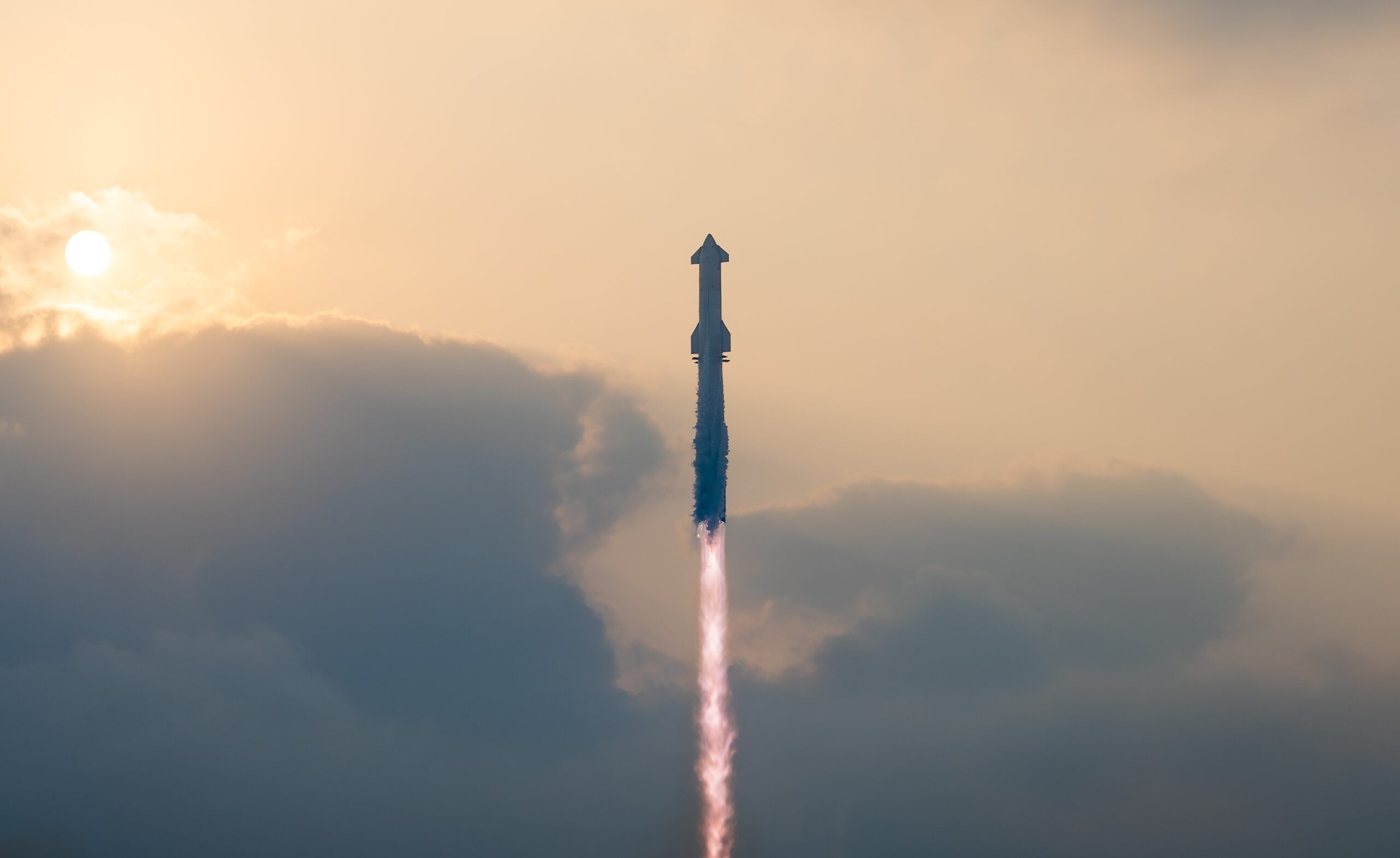HELSINKI — Chinese launch firm Orienspace announced a series B funding round shortly after its successful debut launch, as China moves to nurture its growing commercial space ecosystem.
Orienspace announced the funding round worth nearly 600 million yuan ($83.5 million) Jan. 24. Investors include Liangxi Science and Technology Innovation Industry Fund of Funds, Hongtai Fund, Xin Ding Capital, CMBC International Holdings, Shanhang Capital and Shenyin & Wanguo Investment.
The funds will be used for research and development of its first liquid propellant rocket. The 60-meter-tall, 4.2-meter-diameter Gravity-2 will use nine 100-ton-thrust Yuanli-85 gas generator, variable thrust kerosene engines for the first stage and be supported by solid boosters. The first stage is planned to be reusable.
A full hot fire test of the Yuanli-85 is expected in the first quarter of 2024. The first engine rolled off the production line in Liangxi District, Wuxi City, Orienspace announced early February. Notably, one of the new investors, Liangxi Science and Technology Innovation Industry Fund of Funds, is backed by Wuxi authorities.
The company says the rocket will have a payload capacity of 25.6 tons to low Earth orbit (LEO), 19.1 tons to a 500-kilometer sun-synchronous orbit (SSO), or 7.7 tons to geostationary transfer orbit (GTO).
Gravity-2 aims to operate at a similar price per kilogram as the SpaceX Falcon 9. The first Gravity-2 launch is planned for 2025 or 2026.
The funding announcement followed closely after the spectacular first launch of its Gravity-1 large, all-solid rocket from a mobile sea platform Jan. 11. That launch, Orienspace revealed after the event, carried a 3-ton prototype low-cost cargo spacecraft as a mass simulator as well as the satellites inserted into orbit for customers.
China moves to boost commercial space
The substantial funding round indicates investor confidence in Orienspace despite a crowded field of competitors. Orienspace, established in 2020, is one of the newer launch companies to emerge in the Chinese commercial sector. The firm sees a number of opportunities despite being a late mover.
The development also highlights Chinese cities competing to attract space and high-end technology firms to drive growth and innovation. There is also a growing focus on commercial space in China. The governments of Beijing and Shanghai recently unveiled action plans to foster commercial space.
China has been fostering a commercial space sector since late 2014. The government opened the industry to private capital and has provided incentives, policy support and facilitated technology transfer. The latter has been implemented through a military-civil fusion national strategy.
China’s central government in December identified the commercial space industry as one of several strategic emerging industries to nurture. Supporting this sector could potentially enhance China’s overall space capabilities as well as boosting international ties, national prestige, and China’s influence in the global space arena.
Orienspace CEO Yao Song stated previously that the firm has already secured orders for the launch of hundreds of satellites. It has been shortlisted in plans for a number of satellite constellations, according to Yao.
The national Guowang and Shanghai-backed G60 Starlink LEO broadband constellations—with the latter having recently raised $943 million—have emerged as potential sources of revenue in recent years. Commercial Tiangong Space station cargo missions are another possibility. These developments have been followed by companies beginning to develop larger launch vehicles.
Future plans include the Gravity-3, which would combine three Gravity-2 core stages in a Falcon Heavy-type arrangement. Planned payload capacity is 30.6 tons of payload to LEO, 20.5 tons to SSO and 9.6 tons to GTO. Notably 8 tons to lunar transfer orbit is also cited.
The company will face competition for a range of commercial and state-backed entities which are developing their own reusable launchers.
| Company | Rocket Name | Rocket Type | Key Features or Notes |
|---|---|---|---|
| iSpace | Hyperbola-3 | Methane-liquid oxygen reusable | Payload capacity of 8,500 kg to Low Earth Orbit (LEO); first flight planned for 2025. |
| Landspace | Zhuque-3 | Methalox reusable | Payload capacity up to 21,000 kg to LEO; first flight planned for 2025. |
| Galactic Energy | Pallas-1 | Kerosene-liquid oxygen reusable | Payload capacity of 5,000 kg to LEO, or 3,000 kg to a 700 km sun-synchronous orbit (SSO). |
| CAS Space | Kinetica 2 | Kerolox reusable | Payload capacity of 7,800 kg to 500 km SSO. Debut targeted in 2025. |
| Deep Blue Aerospace | Nebula-1 | Kerolox reusable | Payload capacity of 1,000 kg to 500 km SSO; first flight planned in late 2024. |
| Space Pioneer | Tianlong-3 | Kerolox | Comparable to Falcon 9 in launch capability; plans for a reusable first stage. |
| CASC | Various | Various | Working on reusable rockets including a new-generation human-rated launcher and Long March 9 super heavy-lift launcher. |



